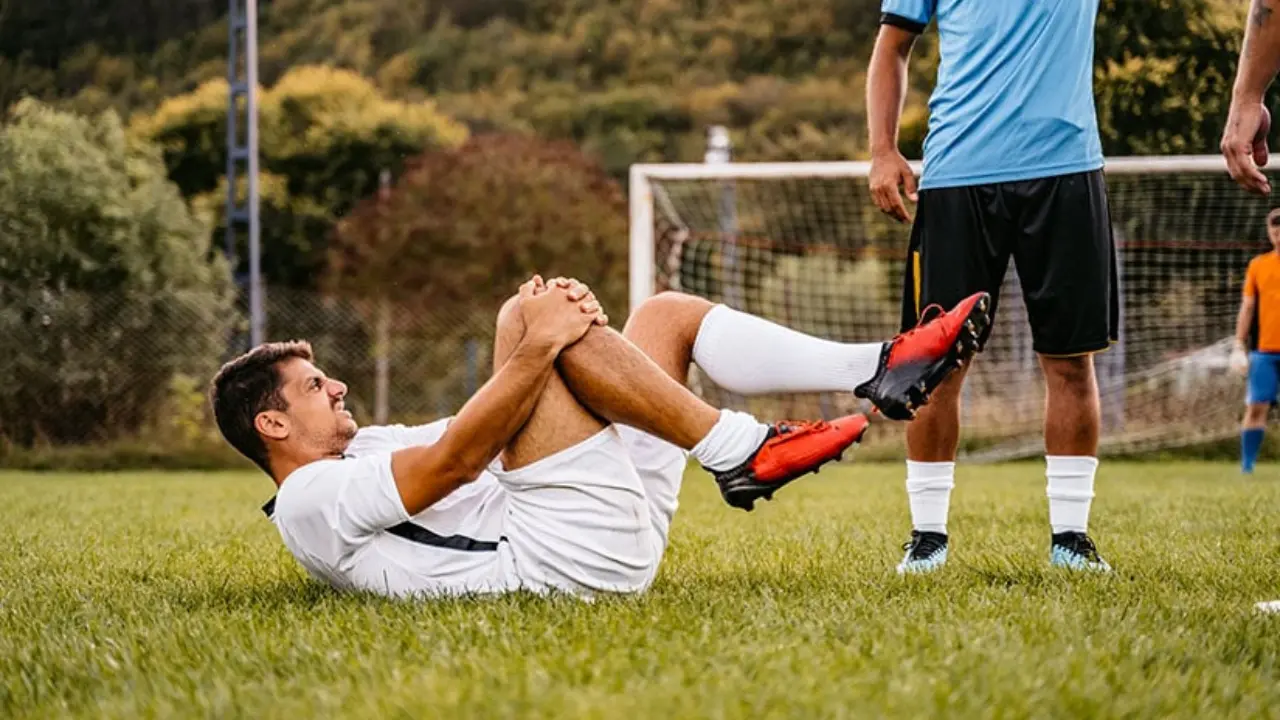Popular and challenging, wrestling is a sport that calls for stamina, agility, and strength. Athletes are nevertheless also put in danger of suffering various injuries, particularly to the head, knee, shoulder, and skin. The Centers for Disease Control and Prevention (CDC) found that football actually causes more injuries than men’s college wrestling does. As a result, it’s critical for wrestlers to employ effective injury-prevention techniques and maintain a healthy lifestyle. This article will explore 5 Tips for Preventing Wrestling Injuries and enjoying the sport safely and successfully.
1. Wear headgear and mouthguard
Mouthguards and headgear can help shield the teeth, ears, tongue, and head from harm. Headgear can shield the ears from the disfiguring condition known as cauliflower ear, which can result from severe bruising and may require surgery. A mouthguard can prevent tongue and tooth injury, as well as concussion. A frontal pad on the headgear can lessen the force applied to the forehead and lower the chance of concussion. These protective garments should fit properly and be comfortable to wear during both practices and games.
2. Use padding and braces
Gear for the knee, ankle, and elbow that is properly fitted can reduce joint damage and help absorb shock. Knee pads can help prevent prepatellar bursitis, which is the swelling of the sac in front of the kneecap as a result of repetitive mat contact. Ankle sprains, one of the most frequent injuries sustained while wrestling, can be avoided with ankle braces. The elbow can be shielded from fractures and dislocations by elbow pads. To ensure the best fit and performance, these padding and braces should be worn during both practice and competitions.
3. Train during the preseason
Before the start of the wrestling season, an athlete should be in good overall shape thanks to cardio and strength training. Increasing the quadriceps’ and hamstrings’ flexibility and strength can help avoid knee injuries and other common wrestling injuries. In order to prevent needless injury, training should also emphasize good sportsmanship, discipline, and proper technique during practices and games. Through increased muscular endurance, power, speed, agility, balance, coordination, and mental toughness, a well-designed strength training and conditioning program can reduce the high injury rate in wrestling.
4. Eat and drink properly
Because wrestlers are often under pressure to meet specific weight classes, they can become dehydrated or ill from crash diets. It’s important that young athletes are supervised and learn how to manage their nutrition in a safe, healthy manner. They should eat a balanced diet that provides enough calories, protein, carbohydrates, fats, vitamins, and minerals for their growth and performance. They should also drink plenty of water before, during, and after training and matches to prevent dehydration and heat illness. Dehydration can impair physical performance, cognitive function, and thermoregulation, and increase the risk of injury.
5. Shower before and after practice and matches
Utilize good hygiene to stop infections before they start. Never share personal items like towels, soap, or razors, and always wash your hands thoroughly. Sanitize mats and other equipment after each use. Simple hygiene practices can reduce the likelihood of contracting and spreading common skin conditions like herpes gladiatorum, ringworm, and impetigo. Seek immediate medical attention if any skin symptoms of infection, such as redness, swelling, blisters, or pus, appear. Skin infections can be contagious and serious if left untreated.
Conclusion
In addition to requiring both physical and mental strength, wrestling carries a number of injury risks. Wrestlers should follow a few simple guidelines to avoid common injuries related to wrestling, such as concussions, knee and shoulder injuries, and skin infections. These include using padding and braces, wearing headgear and mouthguards, using braces and padding during preseason workouts, eating healthily and drinking plenty of water, and taking showers before and after practice and games. These 5 Tips for Preventing Wrestling Injuries can help wrestlers stay fit and healthy for the sport.

